How the Croatian consortium tested the NG112 architecture to bring more efficient and connected emergency services
Next Generation 112 (NG112) is the next step for emergency services – embracing the possibilities of communications and connectivity of new technologies in order to save lives. This is achieved by embracing the technical architecture that enables the core concept of NG112: moving emergency communications to the internet, allowing for far more data collection (text, video, even location or medical data) which will result in an optimised, more efficient, emergency response.
In April 2019, EENA launched a pilot project focused on demonstrating Next Generation’s 112 use in real-life environments. Emergency services from Croatia, Turkey, Austria, Italy, and Denmark have worked to showcase how voice and data can be delivered to Public Safety Answering Points (PSAPs) in a full Internet-based Protocol (IP) environment, following international standards to develop and test different NG112 architecture modules.
The Croatian consortium is the result of a partnership between the Croatian Civil Protection Directorate (under the Ministry of the Interior) and systems integrator KING ICT. Partners focused on testing the possibility of using already available standards based modern technologies to access 112 emergency services without need for previous preparation in form of installation of specialized 112 mobile application, registration etc.
With the Public Switched Telephone Network set to be phased out soon, emergency numbers risk becoming inaccessible if they remain one of the only services available only by traditional phone calls. As the Croatian consortium demonstrated by implementing the NG112 architecture, emergency services must be able to process voice calls made through an Internet Protocol (IP) environment.
Not only is an IP environment the future of voice calls, it opens the possibility to establish other communications that involve video and real-time text. In an emergency, it is crucial for emergency services to access as much relevant information as possible – but also to remain fully reachable. Indeed, the architecture tested by the consortium proved to help paving the way towards full accessibility to emergency services by the population living with a disability.
The results achieved by the Croatian consortium build up on the successful testing of the other NG112 Project partners – proving that NG112 technology is available, ready and viable to bridge the gap between emergency services and new technologies in Europe and beyond.
You can access the full Croatian consortium Report here.
Join the Croatian consortium on 8 June at 14:00 for a webinar exploring their results.
Learn more about the partners:
